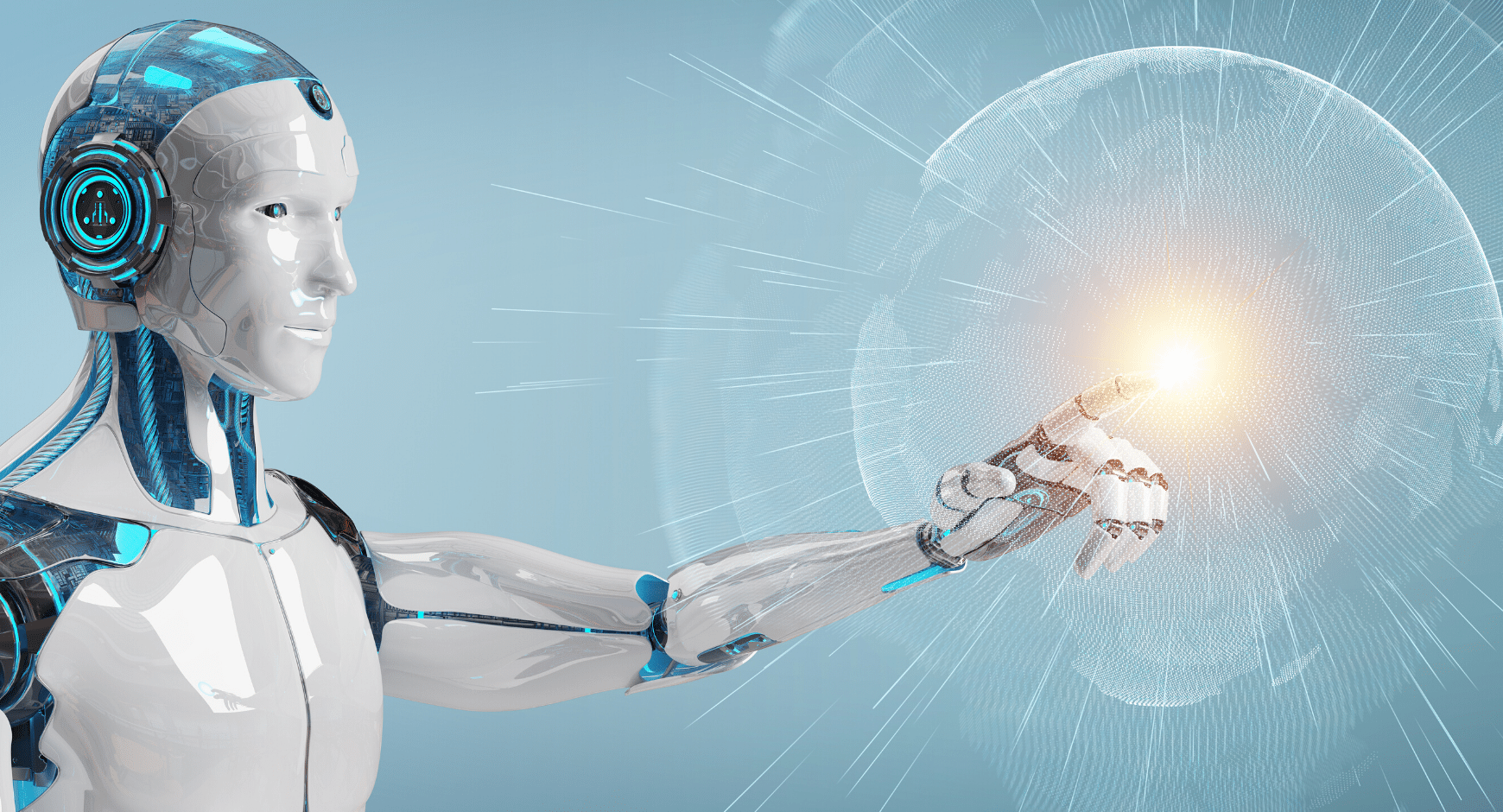A brief explanation of the History and Future of Robotics
Modern robots are very different from the previous ones we have seen in old Hollywood movies. They are made to fulfil various purposes like surveillance, cleaning, installing the engine of a car, making computer chips, and many more.
The AI functioning in Robots is meant to make our lives easier and safer, yet we are not sure to trust them. But the hesitation is not so strong that we need to think much about it or to stop creating more efficient robots.
Here you need to know about the history and future of Robots:
The history of Robots
The word ‘robot’ was first unleased in 1921, in a play RUR performed by Karel Capek, or Rossum’s Universal Robots. The first industrial robot went to work in the 1960s when a robotic arm was used by General Motors to transport die castings. Soon after other companies started making the same segments of robots to ease the jobs of the millions.
In the past couple of decades, robots are spread to Japan, South Korea, and many parts of Europe. The robots were developed to the extent that the number had been reached around 1.2 million by the year 2011. Robots were developed to serve different fields like military weapons, toys & entertainment, search and rescue assistants. And, the best accomplishment is that robots have been reached into space to help in different satellite projects.
The future of Robots
The next-generation robots are about to come. They will be more sufficient, intelligent, and multi-tasking. Robotic engineers are using cutting-edge technology and AI functioning to improve the potential of future robots.
The upcoming robots will be more like a human in appearance with realistic-looking hairs and skin. For example, waving a hand towards the robot will make it wave its hand in return. The artificial eyes will be blinking like those of men.
The current most responsive robot is Sophia, which is a great combination of engineering and artistry. Sophia was developed at Hanson Robotics, one of the biggest Robotics and AI company in the world. Founded by David Hanson, Ph. D, the Hanson team is known worldwide for creating robots that behave very close to human behaviour and actions.
Electric and fibre cables play a very important role in creating world-class robots. Wires and cables manufactured at Primecab can be easily trusted for the best electricity and signal transmission.






